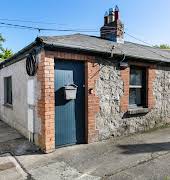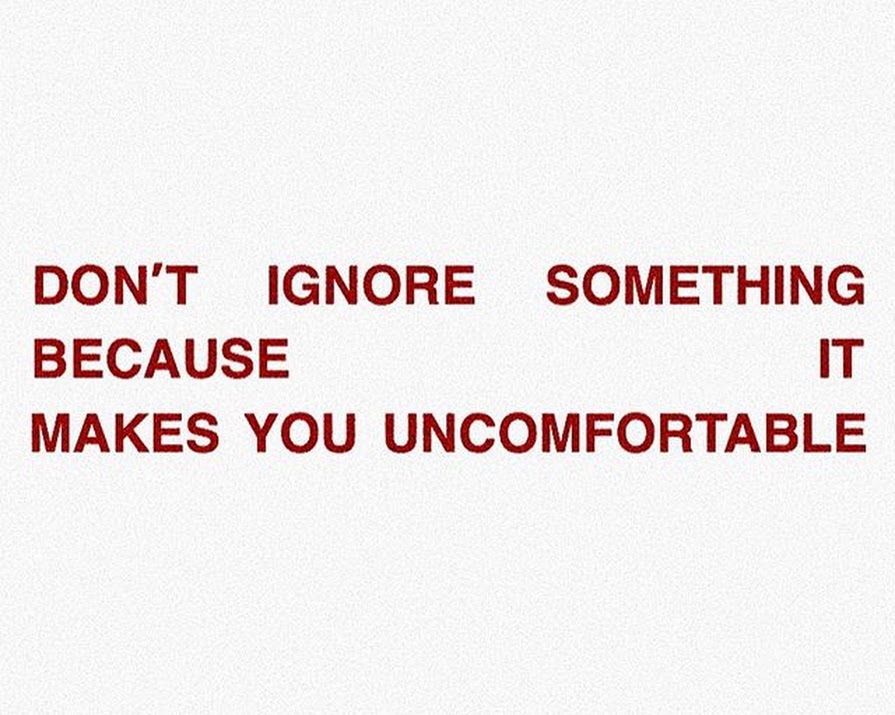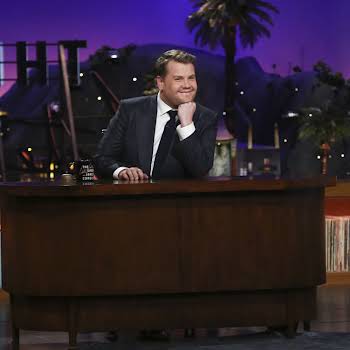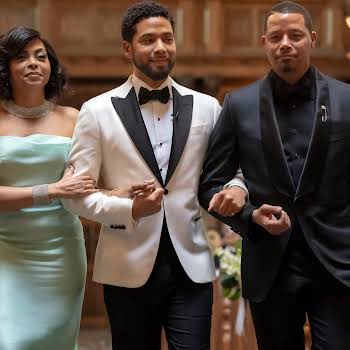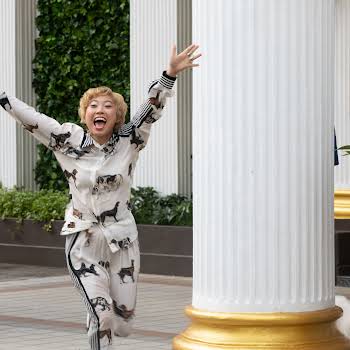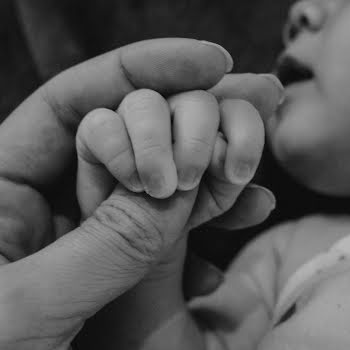How coronavirus, Amy Cooper and the murder of George Floyd have converged to create a firestorm of protest in the US
By Lauren Heskin
31st May 2020
31st May 2020
Many have been surprised by the volatile situation in the US that has burst forth in recent days. But to understand the context of George Floyd’s murder and subsequent protesting, we need to look at the wider picture.
“I surrender not our claim to equality. All I ask of our brethren is, that they will take their feet from off our necks.”
This is a quote from a letter written by 19th-century American activist Sarah Moore Grimké. She was speaking specifically about gender inequality but it is an equally devastating assessment of 21st-century racism.
The murder of George Floyd
By now, you’ve seen the news of widespread protests across the US in response to the murder of George Floyd by Minneapolis police officer Derek Chauvin. Mr Floyd was accused of trying to buy cigarettes with counterfeit money when he was arrested by Officer Chauvin and two other officers.
After being brought to the ground and handcuffed, Officer Chauvin proceeded to kneel on Mr Floyd’s neck for over ten minutes. Mr Floyd became distressed, complaining that he could not breathe while onlookers urged Officer Chauvin to get off him, to no avail.
Much of the incident was caught on camera and by the time an ambulance arrived, George Floyd had no pulse. He was pronounced dead at a Minneapolis hospital shortly afterwards.
Grimké intended her phrase as an analogy of the political and fiscal oppression of women, but in 2020, it’s not even an analogy when it comes to race relations. It’s a reality.
But why did this particular senseless murder of an African-American man incite such a reaction? George Floyd is certainly not the first person of colour to be killed by a white person. We only have to look back to February of this year and the murder of 25-year-old Ahmaud Arbery in Georgia.
Out jogging, Mr Arbery was approached by Gregory McMichael, a retired police officer and investigator, and his son Travis, both of whom were armed. They accused Mr Arbery of a recent spate of thefts in the area. An altercation ensued before Travis shot Mr Arbery from point-blank range as they come to blows.
Despite the incident being recorded, no charges were filed against the father and son. It took 74 days, the release of the video to a local news station (which subsequently went viral) before they were arrested.
The fatal shooting and fumbled investigation caused national outrage, but nothing compared to the death of George Floyd. And that also doesn’t speak to the countless and silent abuses people of colour face every day, those who did not die while in handcuffs but received a similar treatment in police custody, those made feel unsafe on the streets by vigilantes.
For many of us at a safe distance, the protests might have come as a surprise, and we wonder, why this person of colour, why now? But to get a better understanding of why this has become a watershed moment, we need to look at a much wider picture.
Trump’s America
We turn to our leaders for help and guidance during times of crisis. Look at how Leo Varadkar stepped out in front of cameras during the Covid crisis. Not exactly widely beloved as the recent election proved, Varadkar nonetheless gave Ireland a calm and measured voice to follow through this extraordinary time. It has been one of patience and understanding, one of humanity.
What evidence do people of colour in the US have in terms of guidance from leadership? Looking purely at Trump’s attitude towards race during his time in office, there have been so many instances that point where he stands when it comes to race relations. His travel ban focused predominantly on countries of Muslim majorities; he pardoned a sheriff charged with extreme racial profiling; he suggested four new Democratic Congresswomen (all women of colour) should “go back” to their countries (three of the women were born in the US and the fourth arrived when she was 10).
Following a white nationalist rally in Charlottesville, Trump refused to denounce the white nationalists, saying there were “very fine people on both sides,” and “hatred, bigotry, and violence on many sides”.
The list goes on, in fact, it is so long that it cannot be misread. Just compare his attitude to protestors who wantsx to end the lockdown at the beginning of May to those on the streets this week.
The Governor of Michigan should give a little, and put out the fire. These are very good people, but they are angry. They want their lives back again, safely! See them, talk to them, make a deal.
— Donald J. Trump (@realDonaldTrump) May 1, 2020
….These THUGS are dishonoring the memory of George Floyd, and I won’t let that happen. Just spoke to Governor Tim Walz and told him that the Military is with him all the way. Any difficulty and we will assume control but, when the looting starts, the shooting starts. Thank you!
— Donald J. Trump (@realDonaldTrump) May 29, 2020
Many of us here in Ireland consider ourselves lucky that Trump is “not our President”, but so many of those in the US contend with the fact that he is not their’s either – not only does he not speak up for them, but instead speaks up against them, again and again.
The inequalities of coronavirus
Below is the front cover of a recent edition of New York Magazine. The virus, though it attacks without prejudice, must work through systems of society, many of which are by their nature biased. So those most at risk of contracting coronavirus are those who live in close quarters with others both in terms of the square footage of households and the densities of those households, for example, a large urban apartment block. It is those whose only outdoor spaces are communal or public areas.
Those who cannot afford in-home care for their elderly neighbours and family, so instead tend to them themselves. Those who cannot afford to go to the hospital as they struggle to breathe. Those who cannot afford to stop working because they live paycheck to paycheck to eat and pay the bills.
View this post on Instagram
These people typically intersect with those who are also worst hit financially by the coronavirus. Those who work hourly, low-paying jobs in retail and food industries and don’t have access to the programs offered to those who have lost a full-time role. The coronavirus is most heavily felt by those already barely holding on by their fingertips. And in the US this low-income bracket typically holds a significant number of people of colour and other ethnic minorities, thanks to the societal framework which too often holds them there. Foot to neck.
Already vulnerable communities become more vulnerable to disease and financial ruin. A Covid race tracker shows that black people are dying of Covid at nearly twice the rate of whites and in some states, rates of infection amongst African-Americans and Latinos are four times higher than those of whites. These losses of life and income and their blatant disproportion amongst people of colour have not gone unnoticed, especially by those living amongst it.
The birdwatcher video
On May 25, an African-American birdwatcher, Christian Cooper, uploaded a video of a woman calling the cops on him after he had asked her to put her dog on a lead. They were in a section of Central Park where dogs are required to be leashed as it’s a nature preserve popular with ground birds.
In the video, the woman, Amy Cooper, is heard telling him that she will call the police and tell them “there’s an African American man threatening my life” if he does not stop recording her. She proceeds to call the cops and claim that an African-American man was threatening her and her dog, despite the fact that Mr Cooper does not appear to move, speaking to her calmly and requesting she leash her dog as per the park’s guidelines.
He told NPR, “I was aware of what the threat was… She was threatening to bring the machine that has so long ground us black people to powder.”
Racism is a power structure designed to subjugate some in favour of others. There are racist actions that are now considered socially unacceptable. Use of the N-word for example. But there are other, more nuanced ways of wielding this power that people (often those who hold the power) claim they can’t, but more likely simply refuse to recognise.
This is the power that the video of Amy Cooper so blatantly shows. She specifies his race when she threatens to call the cops.
“I will tell them there’s an African-American man threatening my life.”
This is the threat that Christian Cooper is talking about. She’s aware of African-American treatment by cops, aware that she holds all the cards as a white woman, aware that when all this is said and done she is likely to be the one to walk away unscathed.
In this case, she didn’t. She lost her job and her dog. But she is the exception that proves the rule.
Anti-racism advocate Jane Elliott simplifies this idea even more. During a lecture, she asks all the white people in the room to stand up if they would be happy to receive the same treatment people of colour receive from society. When no one stands, she explains it proves that everyone knows what’s happening and would not want it for themselves. And so she asks why we are allowing it to happen to others.
The point is that history has made the Amy Coopers of the world aware of their privilege and how to wield it to their advantage. This is what racism in 2020 looks like and what the video laid bare. Racism is not an unconscious bias dictated by a societal structure which we all strive against. It’s a seeping, creeping consciousness of privilege that has become so pervasive it’s difficult to point out, unable to see the wood for the trees.
Now imagine watching all this unfold. Imagine watching a cop kneel on a man’s throat for 10 minutes while he struggles for breath, begging for his life. What options are left to you? What avenues are open to you?
Protesting is never acceptable. And by that I mean it’s never going to be accepted by the segment of the society who profit from the subjugation.
Featured image via Dom Roberts on Instagram
Read more: Gardaí question teenager in relation to racist trolling of footballer Ian Wright
Read more: On Serena Williams and how we police black women’s emotions
Read more: You are a racist. Yes, you.





